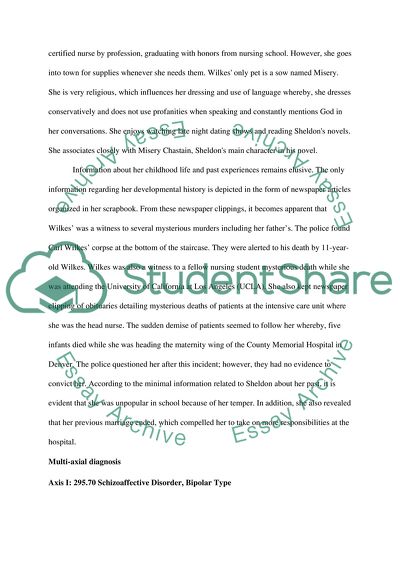Cite this document
(“Misery Term Paper Example | Topics and Well Written Essays - 1750 words”, n.d.)
Retrieved from https://studentshare.org/psychology/1644752-misery
Retrieved from https://studentshare.org/psychology/1644752-misery
(Misery Term Paper Example | Topics and Well Written Essays - 1750 Words)
https://studentshare.org/psychology/1644752-misery.
https://studentshare.org/psychology/1644752-misery.
“Misery Term Paper Example | Topics and Well Written Essays - 1750 Words”, n.d. https://studentshare.org/psychology/1644752-misery.


